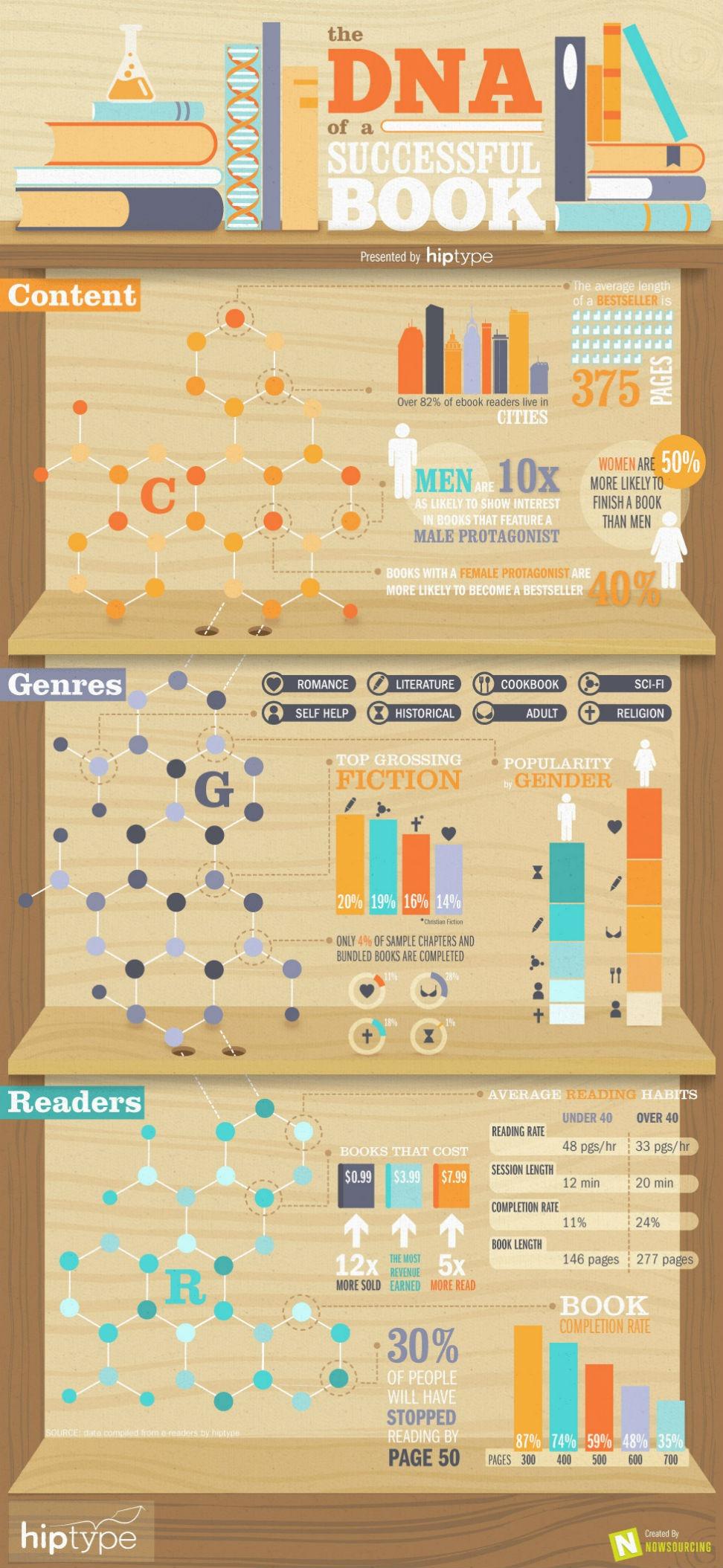How to think about book pricing, descriptions and bios for Amazon

When we talk about marketing a book on Amazon, most people are referring to the idea of getting the word out and selling books. But there are a few things that are extremely important that happen in that "calm before the storm" period when you are setting your book up to be listed on Amazon in the first place.
Here are three "little things" that are a BIG DEAL:
1. How do you price an eBook?
2. What should and should not be in your book description?
3. What should be in an author bio?
And here is how I think about them:
1. How do you price an eBook?
I get this question a lot.
First, my philosophical answer: "Price it at a level that makes you feel good." It's a bit of a cop-out, I'll admit. But I think it's important for people to feel 100 percent behind the price they ask for. What it really comes down to is your goal. If you want to sell a lot, you price it cheap or give it away for free. If you want higher royalties, you price it higher. Or, with Amazon, you play around with the price until you figure out what hits that happy medium.
Now for the numbers:
- $0.99 will make your book 12x as likely to sell
- $3.99 will net you the best revenue
- $7.99 will make your book 5x as likely to actually be read if someone buys it
All that said, I typically recommend people price their eBook at $0.99 - $2.99, enroll in the KDP Select program, and utilize the days that you can give away the book for free to set up better sales.
Here is where I got those numbers, along with a lot of other great data from a company called Hiptype. They are probably the best at getting data from eReader devices.

2. What should and should not be in your book description?
First, go read the descriptions of about 20 books in your genre to get an idea of how they sound and how they are paced. Then, start writing one, then another, then another, etc. When I did this for my book, I wrote about 10 descriptions for my own book and showed them to friends. I asked friends to write their own descriptions of my books. In the end, I had a few great sentences culled and edited from all of that. And one of the best parts was that I had gotten a lot of fresh perspectives on what my book was about. For example, I thought about it being a personal awakening journey, but my wife thought it was important to talk about it being a 21st Century story dealing with a new kind of American Dream. Both valid, but different perspectives. I worked them both in.
In general:
- < 150 words. Keep it on the shorter side. And leave out minor characters and subplots.
- Focus on the main character, what he/she wants to accomplish, and what the challenge is.
- Write it in the third person.
- Use words that convey the emotional tone and challenges in the book.
Createspace (the print label for Amazon POD books) has a stellar conversation about this on their forum, and Catherine Ryan Howard also has a wonderful post called "The 11 Ingredients of a Sizzling Book Description."
3. What should be in an author bio?
It should be short, third person and personal. The more you can convey about your personality the better. I prefer this approach over listing out awards or recognitions you've gotten. Here is a great example I found:
R.W. Ridley lives in Charleston, SC with his beautiful wife, a hyperactive dog, three arrogant cats, and one ugly mortgage.
That's pretty great. You know where he lives, that he loves his wife, and you can picture the active household with all those pets. And that "ugly mortgage" tag at the end is a fantastic counter-point to his "beautiful wife" description, as well as being a fun way to describe a mortgage in general.
Here's the full CreateSpace story about this example by R.W. Ridley himself. Alternately, check out Rachelle Gardner's article about writing various types of bios. She takes a contrarian position to me, so that will also make for great comparison.
What has your experience been like writing these things or pricing your book?
Images courtesy of by Sumit via flickr and book infographic by Hiptype from Mashable

2 comments